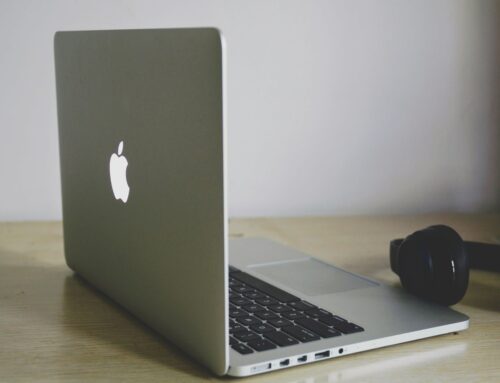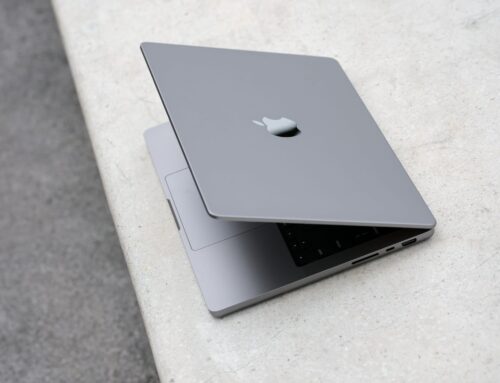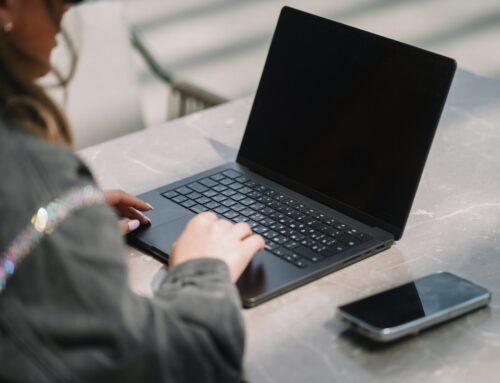Having your MacBook Pro not charge can be frustrating, especially when you need it most. Suddenly, your reliable device is facing an issue that disrupts your workflow or entertainment. But don’t worry, this problem is often fixable with a few straightforward steps.
The reasons behind a MacBook Pro not charging can vary. It might be a simple issue with your charging cable or a more involved problem with the battery itself. Understanding what to look for can help you get to the root of the problem faster. Properly addressing each potential cause can save time and ensure your laptop gets back to working as it should.
Knowing how to troubleshoot these common issues will help you keep your MacBook Pro running smoothly. Whether it’s a minor fix or something that needs professional attention, being informed empowers you to efficiently tackle the situation. Let’s start by exploring what might be causing the problem and how you can resolve it quickly.
Check the Charging Cable and Adapter
When your laptop refuses to charge, the first thing to examine is the charging cable and adapter. These items are often overlooked, but they’re essential. Damaged cables and adapters can prevent your laptop from powering up or charging correctly.
Start by inspecting the charging cable for any visible signs of damage. Look for frays, splits, or exposed wires. If you see any of these issues, replacing the cable is the best option. You can also test the cable by using it with another compatible device to see if it works.
Next, examine the charging adapter. Check for any cracks, loose parts, or wear and tear. Test the adapter with another device. If it doesn’t work, then it might need replacing too.
Also, plug the adapter into a different wall socket to rule out a faulty power source. Try charging your laptop with a different, compatible adapter and cable. If it charges, then you know the original components were the issue.
Regular checks of your charging cable and adapter can prevent sudden charging failures. Keeping spare, good-quality charging accessories is also a smart idea. Taking these simple steps can save you time and keep your laptop powered without headaches.
Inspect the Charging Port for Debris
Another common issue causing charging problems is debris accumulation in the charging port. Dust, lint, and small particles can settle in the port over time, especially if you carry your laptop around frequently. This build-up can disrupt the connection between the charger and the laptop.
Begin by inspecting the charging port under a good light. Look for any visible dust or foreign objects. If you notice anything unusual, you’ll want to clean it out. Start by turning off your laptop and unplugging it from any power source to avoid damage.
Use a small brush with soft bristles, like a clean toothbrush, to gently loosen and remove the debris. You can also use a can of compressed air. Blow short, gentle bursts into the port to clear out dust. Keep the can upright to prevent any liquid from spraying into the port.
Be careful not to use metal tools. They can damage the delicate components inside the port. Also, avoid forcing anything into the socket. If debris seems difficult to remove, consider seeking professional help to ensure proper cleaning.
Regular cleaning of the charging port can help maintain a solid connection and prevent charging issues. It’s a simple step that can prolong your laptop’s life and keep it functioning smoothly.
Reset the System Management Controller (SMC)
If your laptop is still having charging issues after checking the cable and port, it might be time to reset the System Management Controller (SMC), especially if you’re using a Mac. The SMC is responsible for managing several hardware functions, including power and battery. Resetting it can resolve many charging problems.
Here’s how to reset the SMC on different types of Macs:
1. For MacBooks with T2 Security Chip:
– Shut down your MacBook.
– Press and hold the power button for 10 seconds.
– Release the button, then wait a few seconds.
– Turn your MacBook back on by pressing the power button again.
2. For MacBooks without T2 Security Chip:
– Shut down your MacBook.
– Unplug the power adapter.
– Press and hold Shift, Control, and Option on the left side of the keyboard, along with the power button, for 10 seconds.
– Release all keys and reconnect the power adapter.
– Turn the MacBook on again by pressing the power button.
A successful reset can solve issues related to battery management and other hardware-related glitches. For persistent issues, even after an SMC reset, further professional diagnosis might be needed.
Assess Battery Health and Replacement Options
If your laptop still won’t charge properly, it’s essential to consider the battery’s health. Over time, batteries lose their capacity, and older batteries might not hold a charge like they once did.
To assess battery health:
1. On Mac:
– Click the Apple menu, then choose “About This Mac.”
– Click “System Report” and then “Power” in the hardware section.
– Check the “Cycle Count” and “Condition” status. A high cycle count or a “Replace Soon” notice means the battery might need replacing.
2. On Windows:
– Open Command Prompt and type `powercfg /batteryreport`.
– Press Enter to generate a report saved in your user folder. This report provides details about battery usage and lifespan.
Understanding these details can help you decide whether your battery needs replacing. If a replacement is necessary, choose a high-quality, compatible battery. You can install it yourself or opt for professional service to avoid complications.
Regular checks of battery health can keep your laptop efficient and extend its useful life. If unsure, consulting experts for advice might be beneficial.
Conclusion
Maintaining a properly functioning laptop means looking after its hardware and components. Paying attention to charging issues, no matter how small, is vital in prolonging your laptop’s life and keeping it running efficiently. From checking cables and adapters to cleaning ports and examining battery health, each step plays a crucial role in ensuring seamless operation.
Understanding how to reset the System Management Controller (SMC) can resolve many underlying issues related to power management, helping restore your laptop to its optimal performance. Keeping an eye on battery health informs you about when a replacement might become necessary, ensuring uninterrupted use.
At Forest City Computer Repairs, we understand the importance of your devices and specialise in making sure they last longer and perform better. Whether it’s maintenance advice or help with laptop repairs, we’re here to support you. Reach out to us for expert guidance and keep your laptop in top shape!







